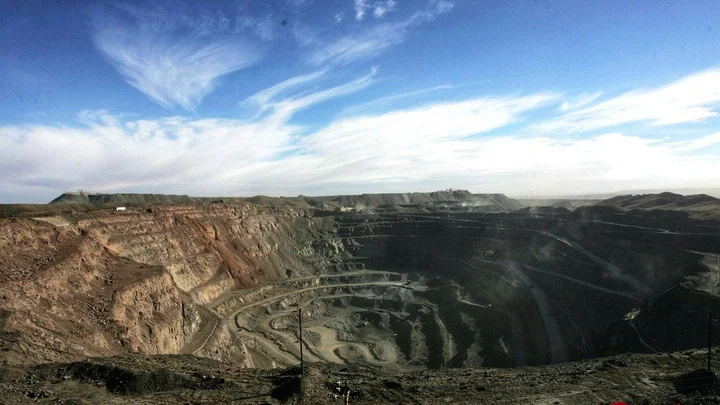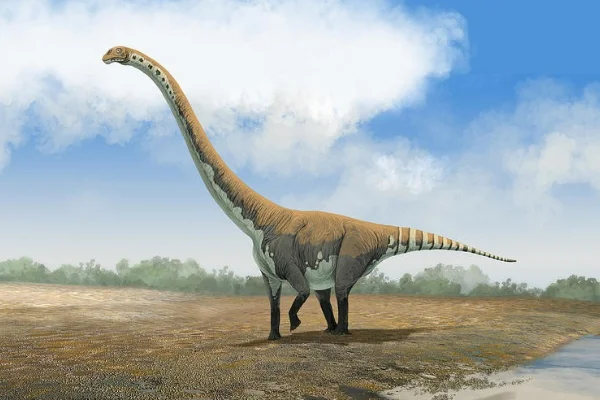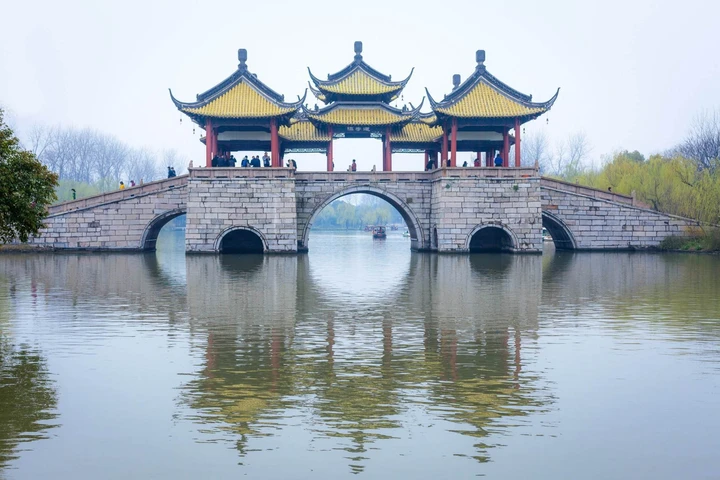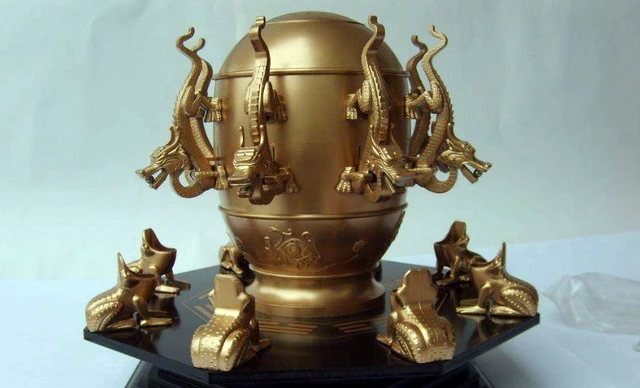China's top ten national treasure mines
China is rich in land and resources, and many mineral resources rank first in the world. For example, among the proven rare earth reserves so far, my country still ranks first, accounting for about 43% of the world's total reserves of 210 million tons. China's rare earth production accounts for nearly two-thirds of the world's total.

1. Tungsten Capital: Dayu, Jiangxi
Dayu County is located in the southern part of Jiangxi Province, in the upper reaches of the Yuanzhang River in the west of the Ganjiang River. It covers an area of 1,368 square kilometers and has a population of 243,000. The county has a long history. The Qin Dynasty belonged to Nangao County, the Sui Dynasty belonged to Nankang County, and the Tang Dynasty set up Dayu County. After the Song Dynasty, it was the government of Nan'an Army, Road, and Fu. In 1957, it was changed to Dayu County. It is named after its location at the northern foot of Dayu Mountains. Dayu County is rich in tungsten resources and is known as the "Tungsten Capital". It is the largest tungsten ore base in my country. China is the country with the largest reserves and output of tungsten ore, and is known as the "Kingdom of Tungsten Production".
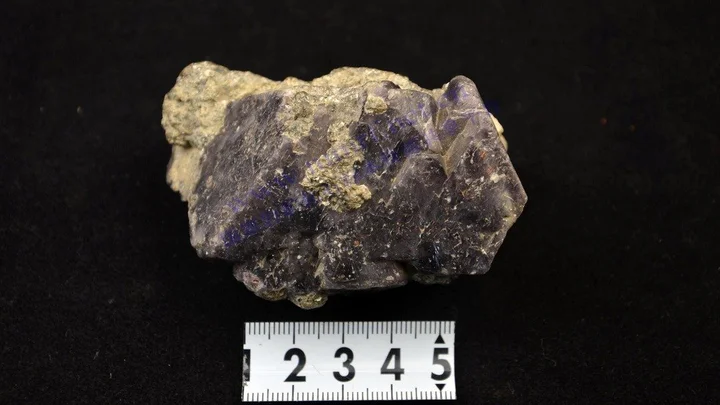
2. Tin Capital: Gejiu, Yunnan
The world-famous tin capital. Gejiu is located in the southwestern border of the motherland. It is famous at home and abroad for its long history of tin mine development (more than 2000 years), rich reserves, advanced smelting technology and high purity of refined tin, and enjoys the reputation of "tin capital". After the founding of the People's Republic of China, a total of 1.92 million tons of non-ferrous metals were produced, of which 920,000 tons of tin, accounting for more than 70% of the country's tin output. It is the largest modern tin production and processing base in the country.

3. Zinc Capital: Lanping, Yunnan
Lanping's unique mineral resources have long been well-known both at home and abroad. At present, the proven and discovered mineral deposits include lead, zinc, copper, silver, salt, chromium, mercury, antimony, sulfur, iron, gypsum, mica, pyrophyllite, iceland stone, crystal stone and more than ten kinds of minerals, more than 150 Mine point. Among them, the Jinding Fenghuangshan super-large lead-zinc mine ranks first in the country and second in the world due to its large reserves, high grade, concentrated mineralization, and easy mining, with reserves of 14.29 million metal tons and a potential value of more than 200 billion yuan.
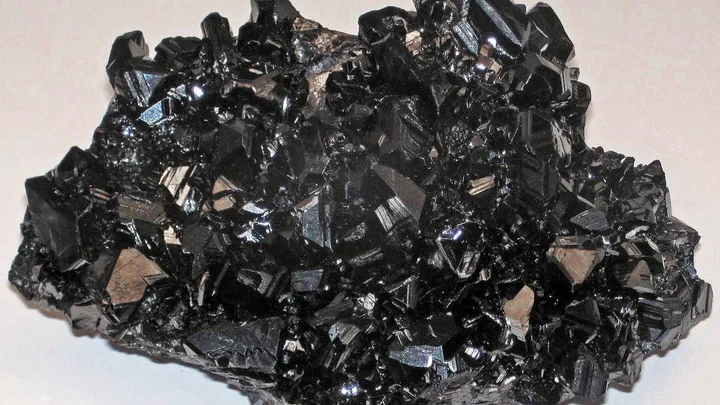
4. Nickel Capital: Jinchang, Gansu
Jinchang Nickel Mine is located in the north of Yongchang County, Hexi Corridor, Gansu Province. The Longshoushan deposit is a rare nickel-dominated non-ferrous metal symbiotic ore in the world, which is rich in nickel sulfide and copper, cobalt, gold, silver and platinum group metals. After the Jinchang Nickel Mine was put into operation in the 1960s, the history of no nickel production in my country ended, making my country one of the countries with the most nickel ore resources in the world. Jinchang has become my country's largest nickel production base, copper, cobalt, gold, silver and platinum group metals refining center, and is known as "China's Nickel Capital".
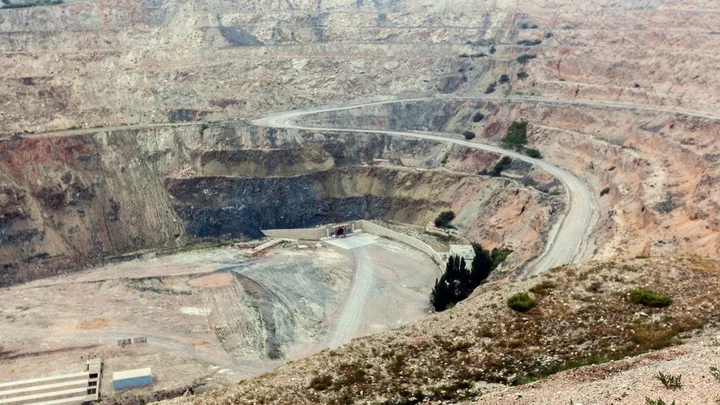
5. Antimony Capital: Lengshuijiang, Hunan
At the end of the Ming Dynasty (1541), the world's largest antimony mining area, Hunan Tin Mine, was discovered, but at that time, antimony was mistaken for tin, so the tin mine was named after it. In the 16th year of Guangxu in the Qing Dynasty (1890), it was only known that it was antimony after testing. In the decades after 1908, China's production of antimony often accounted for more than 50% of the world's total production, and only the production of antimony products from tin mines from 1912 to 1935 accounted for 36.6% of the world's production and 60.9% of the country's total.
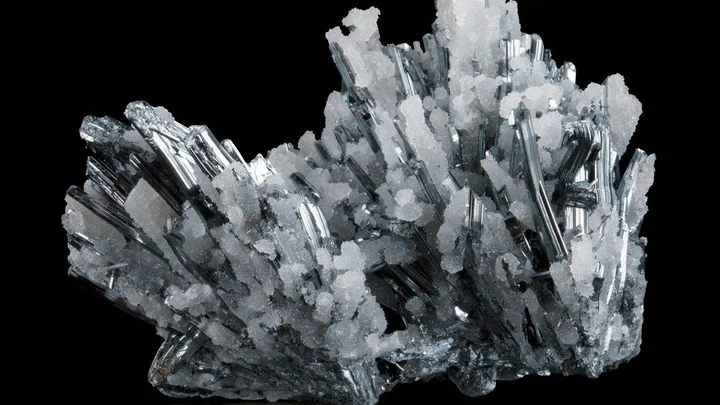
6. Molybdenum Capital: Luanchuan County, Henan
China is rich in molybdenum ore resources. By the end of 1999, China's total molybdenum metal reserves were 8.336 million tons, ranking second in the world. China's annual output of nearly 30,000 tons of metallic molybdenum ranks second in the world. Henan Province has the most abundant molybdenum ore resources, with molybdenum reserves accounting for 30.1% of the national total.
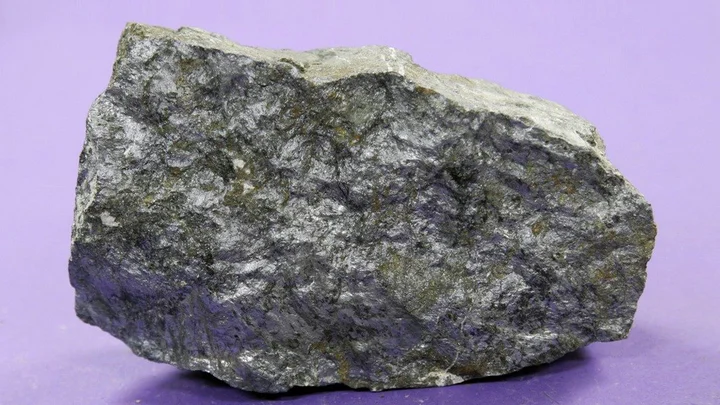
7. Coking coal: Qitai River, Heilongjiang
Qitaihe City is located in the east of Heilongjiang Province, with a total area of 6,221 square kilometers. It has jurisdiction over 21 townships in Taoshan District, Xinxing District, Eggplant River District and Boli County, with a population of 860,000. Qitaihe City is rich in products and has more than 30 kinds of proven metal and non-metallic mineral deposits, among which coal is one of the three major protected mining coal fields in the country, with proven reserves of 5.26 billion tons and retained reserves of 1.7 billion tons, making it an important national mainstay. Coking coal production base and the largest anthracite coal production base in Northeast China.
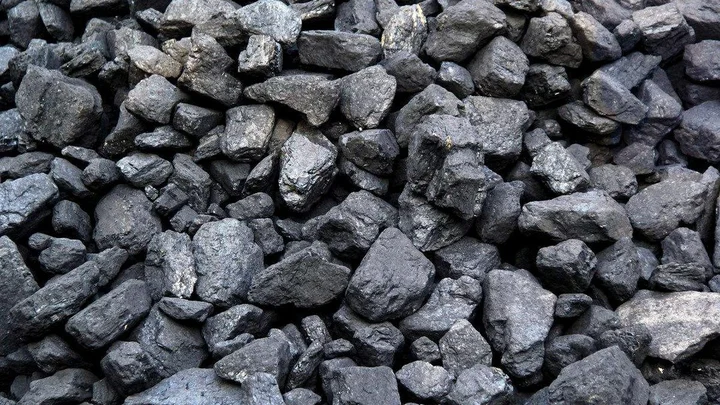
8. Phosphorus Capital: Jinning County, Yunnan
Jinning County is famous for its phosphate rock resources with large reserves (800 million tons of proven reserves), shallow burial, concentrated ore bodies, excellent quality, good processing performance and easy mining, and is known as "China's Phosphorus Capital".

9. Talc: Anshan, Liaoning
There are 51 proven mineral resources in Anshan. Iron ore, with proven reserves of 10 billion tons, accounting for a quarter of the country's total. Magnesite, the proven reserves of 2.3 billion tons, accounting for 80% of the country's reserves, accounting for a quarter of the world's reserves. Talc mine, with proven reserves of 60 million tons, accounting for 40% of the country's total. Xiuyu, with proven reserves of about 2.06 million tons, accounting for 60% of the world's total, was identified as the first candidate for China's "National Stone". In December 2006, Xiuyan County was named "China Jade Capital" by the China Mining Association.
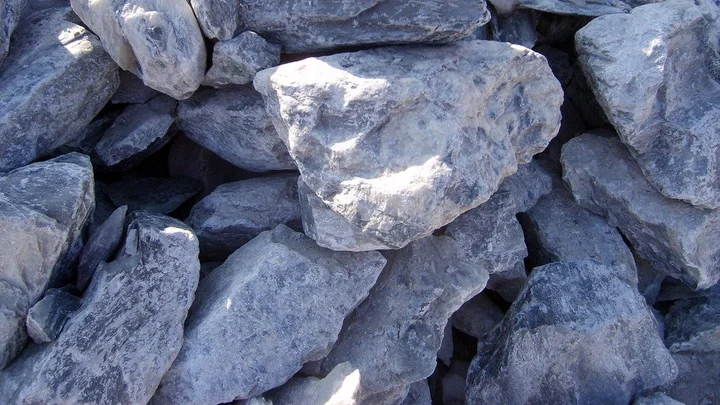
10. Rare Earth: Baotou, Inner Mongolia
The rare earths in the world come from the east, the rare earths in the east come from China, and the rare earths in China come from Baotou. Baotou's rare earth reserves account for 76% of the world's total rare earth, making China an absolute "rare earth power" in the world. Baotou is also the center of the rare earth industry in the world. China's rare earths occupy several world firsts: the reserves account for the world's total reserves, the production scale is the first, and the export volume is the world's first.
